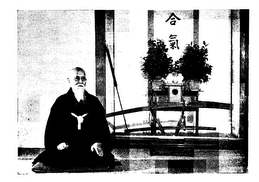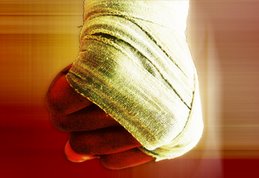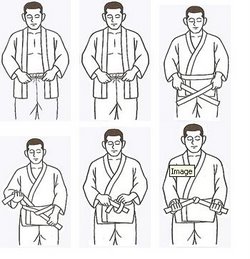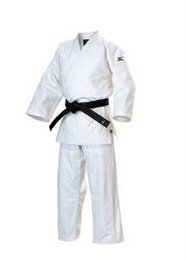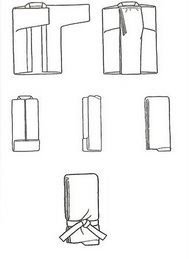
Recently karate has spread from Japan to all parts of the world. The reason for this world-wide popularity can be found not only in the powerful and dynamic elements of karate-do, but also in the combination of physical and mental training of this art of self-defense, which requires a healthy body, a sound spirit and a refined character. Further, the people nowadays might be very attracted by the beauty and the thrilling action of the karate movements.
Karate-do is an empty-handed technique, exercised with the power of one's own body and the basic movement can be developed into a superior level, at which the enemy can be controlled by a demonstration of strength like that of using actual weapons. The beauty of the essential techniques are demonstrated in the so-called " kata ", fixed exercises, through which the karateka rhythmically performs body movements, such as bending, jumping and balancing, backward and forward, left and right, up and down smoothly and fiercely, at low and high speed.
In the free sparring games, the offensive and defensive techniques, such as striking and kicking with simultaneous block-attack combinations, are performed with great speed, requiring a keen coordination of the movements of the athlete.
Karate-do might be considered as the most ideal physical exercise, not only because the limbs and the movements of the body are systematically trained, but also because of the required exercise of muscles, which are normally not used.
Karate-do as an art of self defense and a form of physical exercise has recently become a competitive sport. However, the karate contests are conducted under strictly fixed rules, because of the involved physical danger. A good fighting spirit of the karateka, in possession of controlled power and techniques and a fair judgment of the referee, together with the sensitive reaction of the spectators are important to create the true meaning of a karate contest.
Karate may be practiced by the physically weak, by women, children and elderly and all the karateka 's should always emphasize the spiritual of karate-do !!
Ref : The above information has been taken from the J.K.A information guide book.

